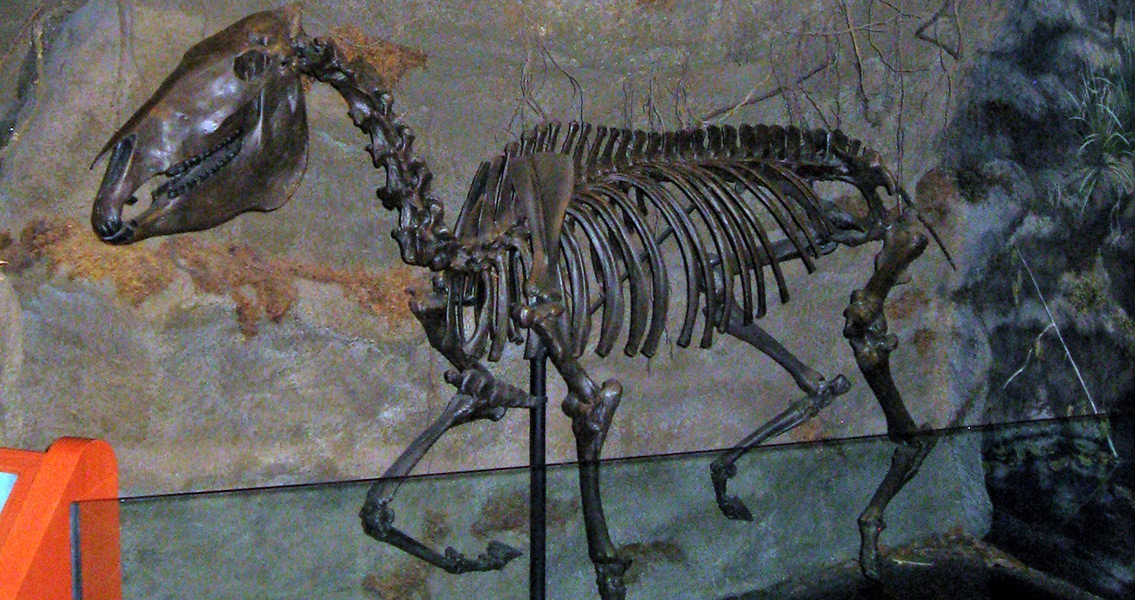<![CDATA[A horse skeleton dating back to the Spanish Colonial era of Florida has been uncovered in the city of St. Augustine during the construction of a new local restaurant. Colonial era history of the United States stretches further back than the period between the Pilgrims landing on Plymouth Rock and the events of the American Revolution. In fact, whole swathes of what is now US territory was under colonial rule for hundreds of years by foreign powers like Spain – and Florida is one of these regions. It’s easy to forget that the Sunshine State only joined the Union in 1821. For more than 300 years prior to that, Florida and its environs was a Spanish colony – and that means there were members of the Spanish military stationed within the colony. In fact, St. Augustine is the oldest city in the United States to have been been continuously occupied since its founding. An uninterrupted history stretching back to its initial settlement in 1565, means the archaeological record of the city is of particular importance. In an interview with First Coast News, city archaeologist Carl Halbirt remarked that “the remains of a completely articulated small horse” were unearthed directly next to the construction site. Fragments of ceramic pottery shards and other detritus located nearby the equine burial site indicate the burial date was in the late 18th century, making the horse over 200 years old. While local historians and archaeologists are quite pleased with the find, there were few that were surprised by the discovery. The site of the new restaurant and the surrounding blocks had at one time been part of the Spanish Dragoon Barracks for St. Augustine; the Dragoons were musket-wielding infantry troops that Spain made great use of in their military operations. In fact, the horse in question was likely a Dragoon mount known as a Marsh Tacky according to colonial cavalry expert Amanda LaPorta. Marsh Tackies were specifically bred by the colonial Spaniards to be hardy, nimble and petite in order to fare much better in the Florida swampland when compared to the more regal but delicate continental Spanish horses, La Porta explained to First Coast News. Florida cavalry didn’t see much open combat in the 1700s, LaPorta explained, though Dragoons did play an important role as guides, messengers and even spies. They relied on their horses significantly in order to traverse the often hostile Florida landscape, strewn with uninhabitable and uneven, swampy terrain. The method of burial for the horse is a strong indicator that the Marsh Tacky was a former Dragoon mount. The bond between horse and rider would have been similar to that between a K-9 police officer or soldier and their canine companion today in many ways, and the tenderness with which the horse was laid down in its grave, with its forelegs folded against it, indicates that close bond. "They were a special kind of soldier", La Porta remarked. “The horse was their best friend. It was all important to them." Image courtesy of Wikimedia Commons user: Jared]]>
Colonial-era Horse Skeleton Found in St. Augustine
